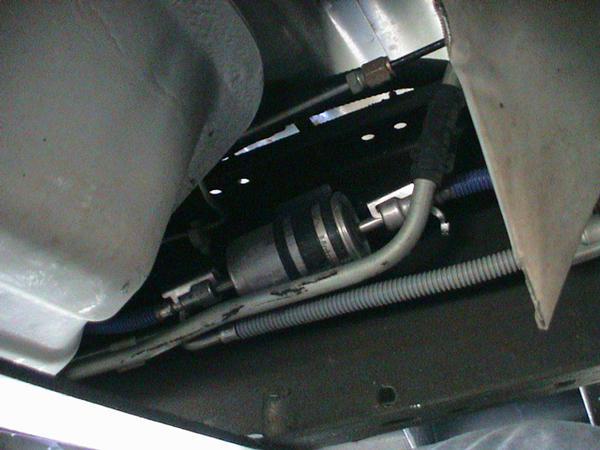
Brooks takes the time to
document his fuel filter change with pictures.
The pictures and description have been borrowed with his permission from
F150Online.com Lightning forum.
http://www.f150online.com/forums/showthread.php?s=&threadid=71442
I drove up on my
rhino ramps to raise my truck, then I took the gas
cap off, and had a bunch of rags ready under the
truck.
Here is the filter, located on the
drivers side frame rail:

first you have to disconnect the
safety catch on both sides of the filter:
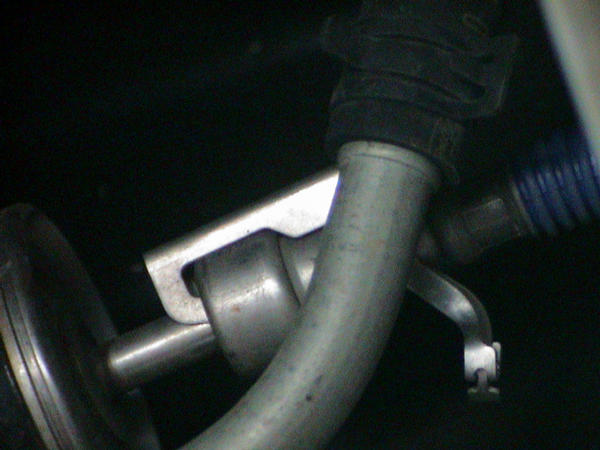
Here is a pic of the new filter
and the "tools"
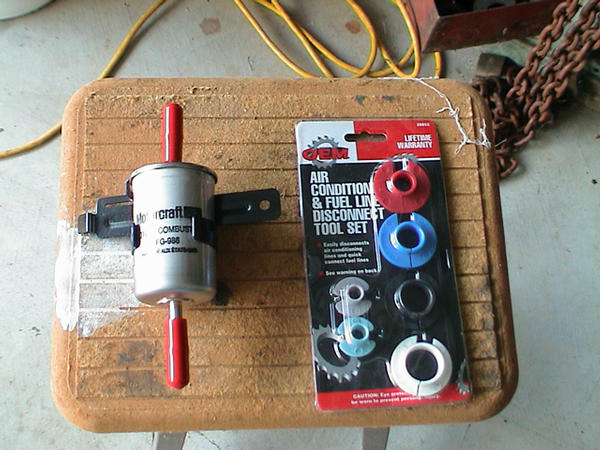
Here is the line removal tool that you'll use:
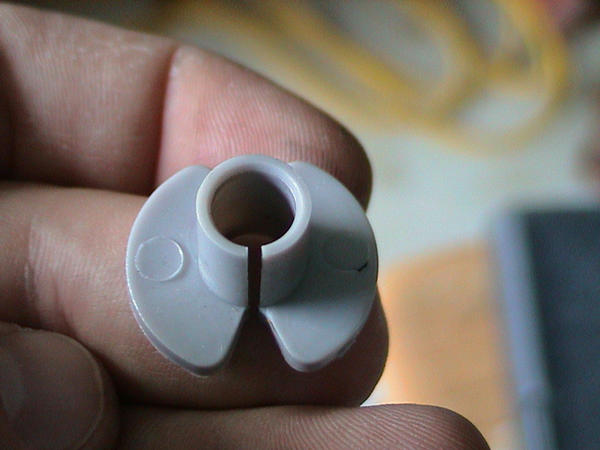
it clips on the fuel filter,
then slides into the fuel line. once its in,
you'll have to pull the fuel line off of the old
filter.
(make sure you have some of those rags
handy, the filter still has gas in it.)
Here is the old filter & part number:
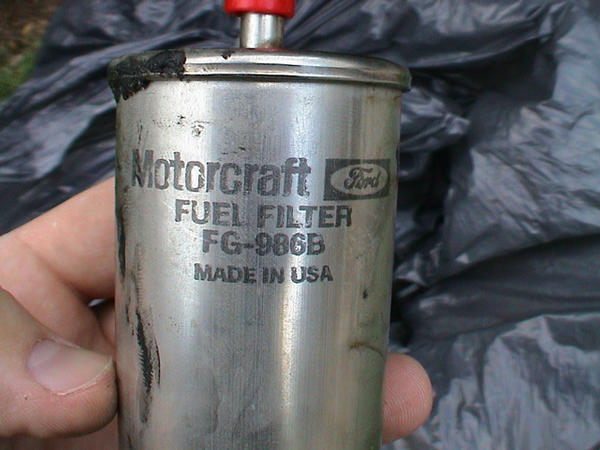
stupid frame rail grease..
$@#!%*
after disconnecting the old filter,
replace it with the new one (the bracket is bolted to the frame, the filter just
slides out)
and replace fuel lines. push on each one till you hear it *click*. then
replace the safety catch.
Edward:
"I would recommend
letting the truck sit overnight and/or releasing
the fuel pressure.
There's a Schraeder valve on
the passenger side fuel rail that is easily
accessible. It's covered with a black plastic cap.
The valve is on the
passenger side fuel rail. It's about where the the
cowl starts. It looks like a little straw coming
off the top of the fuel rail.
A Schreader valve is
the same type as on tires. In this case, just
unscrew the cap. Then there's this little piece of
rubber to pull off -
or it may come off with the
cap. Finally, with a rag around/over the valve,
press the pin in the middle. I used an Allen
wrench to press the pin."
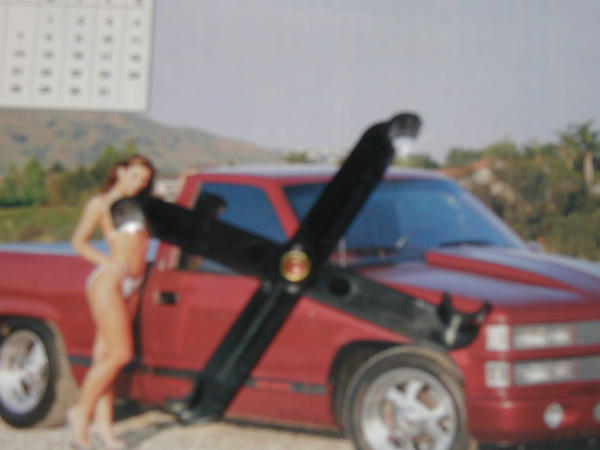
I picked up the
filter, used the S. valve, and even opened up my
gas cap.
But I couldn't find a tool like yours
brooks, so I picked up a scissor like tool that
looks like this. Anyone now what to do with this?
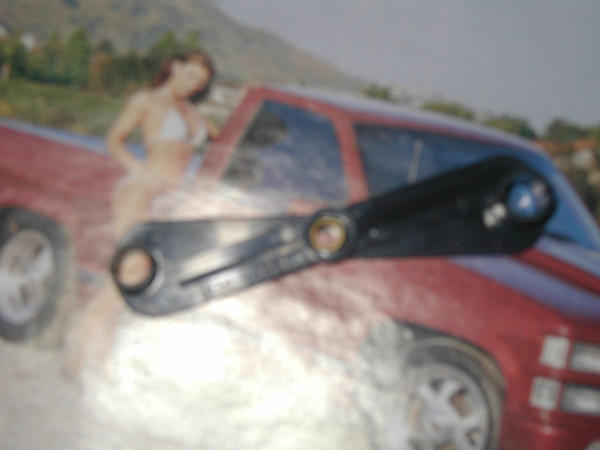
When you are done
drain the old filter then try to blow thru it.
Compared to the flow of a new one.. big
difference!
Since its only 10-15 bucks, I'll be doing it every 10k miles.